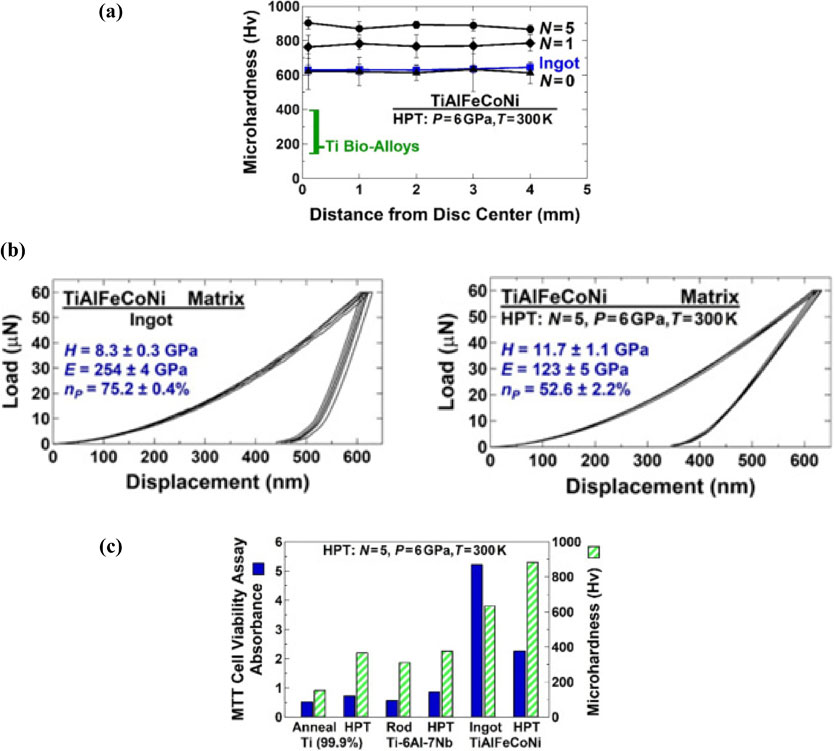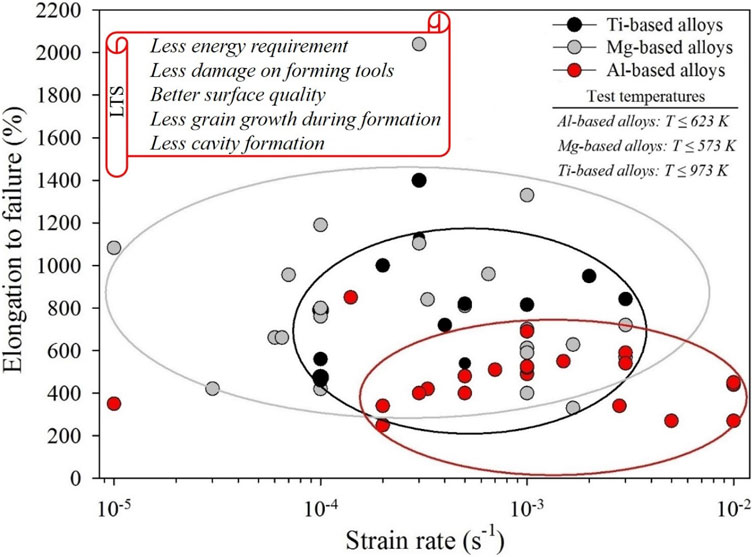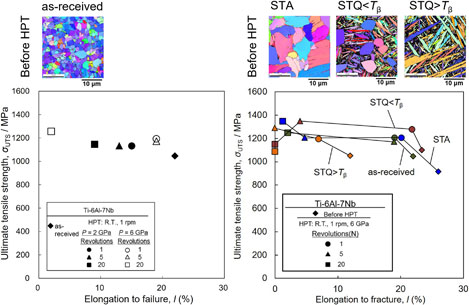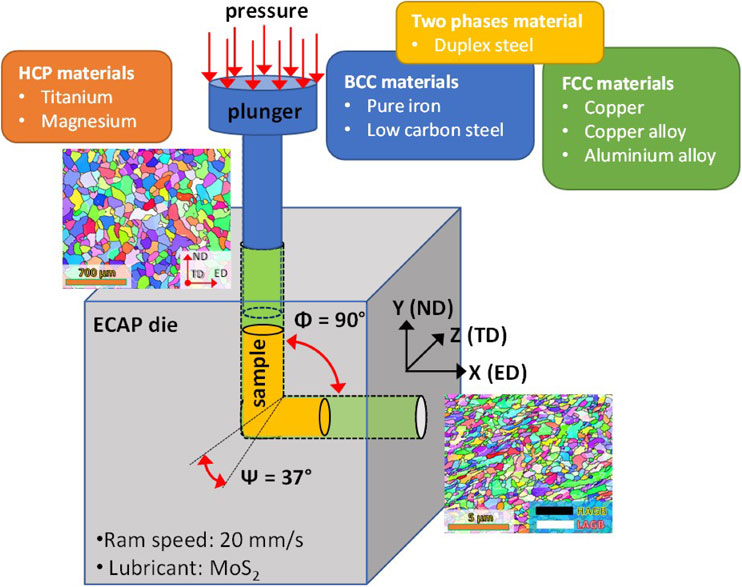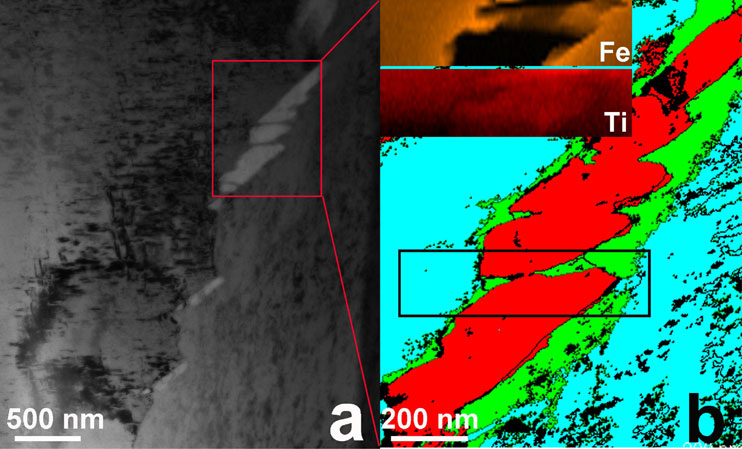Volume 64, Issue 8
Displaying 1-38 of 38 articles from this issue
- |<
- <
- 1
- >
- >|
Special Issue on Superfunctional Nanomaterials by Severe Plastic Deformation
-
Article type: Overview
Subject area: Special Issue on Superfunctional Nanomaterials by Severe Plastic Deformation
2023 Volume 64 Issue 8 Pages 1663-1672
Published: August 01, 2023
Released on J-STAGE: July 25, 2023
Download PDF (2521K) Full view HTML -
Article type: Overview
Subject area: Special Issue on Superfunctional Nanomaterials by Severe Plastic Deformation
2023 Volume 64 Issue 8 Pages 1673-1682
Published: August 01, 2023
Released on J-STAGE: July 25, 2023
Advance online publication: May 26, 2023Download PDF (3132K) Full view HTML -
Article type: Overview
Subject area: Special Issue on Superfunctional Nanomaterials by Severe Plastic Deformation
2023 Volume 64 Issue 8 Pages 1683-1694
Published: August 01, 2023
Released on J-STAGE: July 25, 2023
Advance online publication: May 26, 2023Download PDF (7705K) Full view HTML -
Article type: Overview
Subject area: Special Issue on Superfunctional Nanomaterials by Severe Plastic Deformation
2023 Volume 64 Issue 8 Pages 1695-1708
Published: August 01, 2023
Released on J-STAGE: July 25, 2023
Advance online publication: May 26, 2023Download PDF (4441K) Full view HTML -
Article type: Overview
Subject area: Special Issue on Superfunctional Nanomaterials by Severe Plastic Deformation
2023 Volume 64 Issue 8 Pages 1709-1723
Published: August 01, 2023
Released on J-STAGE: July 25, 2023
Advance online publication: June 09, 2023Download PDF (4934K) Full view HTML -
Article type: Overview
Subject area: Special Issue on Superfunctional Nanomaterials by Severe Plastic Deformation
2023 Volume 64 Issue 8 Pages 1724-1738
Published: August 01, 2023
Released on J-STAGE: July 25, 2023
Advance online publication: May 26, 2023Download PDF (3357K) Full view HTML -
Article type: Overview
Subject area: Special Issue on Superfunctional Nanomaterials by Severe Plastic Deformation
2023 Volume 64 Issue 8 Pages 1739-1753
Published: August 01, 2023
Released on J-STAGE: July 25, 2023
Advance online publication: June 02, 2023Download PDF (5600K) Full view HTML -
Article type: Overview
Subject area: Special Issue on Superfunctional Nanomaterials by Severe Plastic Deformation
2023 Volume 64 Issue 8 Pages 1754-1768
Published: August 01, 2023
Released on J-STAGE: July 25, 2023
Advance online publication: May 26, 2023Download PDF (5501K) Full view HTML -
Article type: Overview
Subject area: Special Issue on Superfunctional Nanomaterials by Severe Plastic Deformation
2023 Volume 64 Issue 8 Pages 1769-1783
Published: August 01, 2023
Released on J-STAGE: July 25, 2023
Download PDF (10501K) Full view HTML -
Article type: Overview
Subject area: Special Issue on Superfunctional Nanomaterials by Severe Plastic Deformation
2023 Volume 64 Issue 8 Pages 1784-1790
Published: August 01, 2023
Released on J-STAGE: July 25, 2023
Download PDF (3067K) Full view HTML -
Article type: Overview
Subject area: Special Issue on Superfunctional Nanomaterials by Severe Plastic Deformation
2023 Volume 64 Issue 8 Pages 1791-1805
Published: August 01, 2023
Released on J-STAGE: July 25, 2023
Advance online publication: June 09, 2023Download PDF (13860K) Full view HTML -
Article type: Review
Subject area: Special Issue on Superfunctional Nanomaterials by Severe Plastic Deformation
2023 Volume 64 Issue 8 Pages 1806-1819
Published: August 01, 2023
Released on J-STAGE: July 25, 2023
Download PDF (5583K) Full view HTML -
Article type: Review
Subject area: Special Issue on Superfunctional Nanomaterials by Severe Plastic Deformation
2023 Volume 64 Issue 8 Pages 1820-1832
Published: August 01, 2023
Released on J-STAGE: July 25, 2023
Download PDF (8417K) Full view HTML -
Article type: Review
Subject area: Special Issue on Superfunctional Nanomaterials by Severe Plastic Deformation
2023 Volume 64 Issue 8 Pages 1833-1843
Published: August 01, 2023
Released on J-STAGE: July 25, 2023
Advance online publication: May 19, 2023Download PDF (5405K) Full view HTML -
Article type: Review
Subject area: Special Issue on Superfunctional Nanomaterials by Severe Plastic Deformation
2023 Volume 64 Issue 8 Pages 1844-1855
Published: August 01, 2023
Released on J-STAGE: July 25, 2023
Advance online publication: June 09, 2023Download PDF (6739K) Full view HTML -
Article type: Review
Subject area: Special Issue on Superfunctional Nanomaterials by Severe Plastic Deformation
2023 Volume 64 Issue 8 Pages 1856-1865
Published: August 01, 2023
Released on J-STAGE: July 25, 2023
Advance online publication: May 19, 2023Download PDF (1471K) Full view HTML -
Article type: Review
Subject area: Special Issue on Superfunctional Nanomaterials by Severe Plastic Deformation
2023 Volume 64 Issue 8 Pages 1866-1878
Published: August 01, 2023
Released on J-STAGE: July 25, 2023
Advance online publication: June 02, 2023Download PDF (3573K) Full view HTML -
Article type: Review
Subject area: Special Issue on Superfunctional Nanomaterials by Severe Plastic Deformation
2023 Volume 64 Issue 8 Pages 1879-1885
Published: August 01, 2023
Released on J-STAGE: July 25, 2023
Download PDF (1957K) Full view HTML -
Article type: Review
Subject area: Special Issue on Superfunctional Nanomaterials by Severe Plastic Deformation
2023 Volume 64 Issue 8 Pages 1886-1893
Published: August 01, 2023
Released on J-STAGE: July 25, 2023
Download PDF (2666K) Full view HTML -
Article type: Regular Article
Subject area: Special Issue on Superfunctional Nanomaterials by Severe Plastic Deformation
2023 Volume 64 Issue 8 Pages 1894-1901
Published: August 01, 2023
Released on J-STAGE: July 25, 2023
Download PDF (4849K) Full view HTML -
Article type: Regular Article
Subject area: Special Issue on Superfunctional Nanomaterials by Severe Plastic Deformation
2023 Volume 64 Issue 8 Pages 1902-1911
Published: August 01, 2023
Released on J-STAGE: July 25, 2023
Advance online publication: May 19, 2023Download PDF (5812K) Full view HTML -
Article type: Regular Article
Subject area: Special Issue on Superfunctional Nanomaterials by Severe Plastic Deformation
2023 Volume 64 Issue 8 Pages 1912-1919
Published: August 01, 2023
Released on J-STAGE: July 25, 2023
Advance online publication: June 09, 2023Download PDF (6555K) Full view HTML -
Article type: Express Rapid Publication
Subject area: Special Issue on Superfunctional Nanomaterials by Severe Plastic Deformation
2023 Volume 64 Issue 8 Pages 1920-1923
Published: August 01, 2023
Released on J-STAGE: July 25, 2023
Advance online publication: May 19, 2023Download PDF (1192K) Full view HTML
Regular Article
Materials Physics
-
Article type: Regular Article
2023 Volume 64 Issue 8 Pages 1924-1929
Published: August 01, 2023
Released on J-STAGE: July 25, 2023
Download PDF (2726K) Full view HTML
Microstructure of Materials
-
Article type: Regular Article
2023 Volume 64 Issue 8 Pages 1930-1936
Published: August 01, 2023
Released on J-STAGE: July 25, 2023
Download PDF (2133K) Full view HTML -
Article type: Regular Article
2023 Volume 64 Issue 8 Pages 1937-1945
Published: August 01, 2023
Released on J-STAGE: July 25, 2023
Advance online publication: June 02, 2023Download PDF (3384K) Full view HTML -
Article type: Regular Article
2023 Volume 64 Issue 8 Pages 1946-1951
Published: August 01, 2023
Released on J-STAGE: July 25, 2023
Download PDF (3436K) Full view HTML
Mechanics of Materials
-
Article type: Regular Article
2023 Volume 64 Issue 8 Pages 1952-1958
Published: August 01, 2023
Released on J-STAGE: July 25, 2023
Advance online publication: June 02, 2023Download PDF (4202K) Full view HTML -
Article type: Regular Article
2023 Volume 64 Issue 8 Pages 1959-1968
Published: August 01, 2023
Released on J-STAGE: July 25, 2023
Download PDF (6322K) Full view HTML -
Article type: Regular Article
2023 Volume 64 Issue 8 Pages 1969-1973
Published: August 01, 2023
Released on J-STAGE: July 25, 2023
Advance online publication: June 09, 2023Download PDF (2000K) Full view HTML
Materials Chemistry
-
Article type: Regular Article
2023 Volume 64 Issue 8 Pages 1974-1981
Published: August 01, 2023
Released on J-STAGE: July 25, 2023
Advance online publication: June 09, 2023Download PDF (2305K) Full view HTML
Materials Processing
-
Article type: Regular Article
2023 Volume 64 Issue 8 Pages 1982-1990
Published: August 01, 2023
Released on J-STAGE: July 25, 2023
Download PDF (4657K) Full view HTML
Engineering Materials and Their Applications
-
Article type: Regular Article
2023 Volume 64 Issue 8 Pages 1991-1999
Published: August 01, 2023
Released on J-STAGE: July 25, 2023
Download PDF (4134K) Full view HTML -
Article type: Regular Article
2023 Volume 64 Issue 8 Pages 2000-2005
Published: August 01, 2023
Released on J-STAGE: July 25, 2023
Download PDF (3774K) Full view HTML
Current Trends in Research
-
Article type: Current Trends in Research
2023 Volume 64 Issue 8 Pages 2006-2013
Published: August 01, 2023
Released on J-STAGE: July 25, 2023
Advance online publication: May 19, 2023Download PDF (5446K) Full view HTML
Express Rapid Publication
-
Article type: Express Rapid Publication
2023 Volume 64 Issue 8 Pages 2014-2017
Published: August 01, 2023
Released on J-STAGE: July 25, 2023
Download PDF (665K) Full view HTML -
Article type: Express Rapid Publication
2023 Volume 64 Issue 8 Pages 2018-2021
Published: August 01, 2023
Released on J-STAGE: July 25, 2023
Advance online publication: June 09, 2023Download PDF (829K) Full view HTML -
Article type: Express Rapid Publication
2023 Volume 64 Issue 8 Pages 2022-2025
Published: August 01, 2023
Released on J-STAGE: July 25, 2023
Advance online publication: June 09, 2023Download PDF (1404K) Full view HTML
- |<
- <
- 1
- >
- >|


